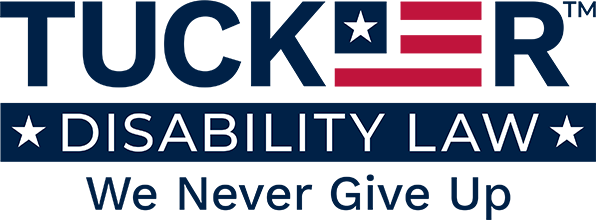Are you a veteran receiving disability benefits?
If so, come January, you can expect a nice boost in your compensation payment.
Official figures will be announced and finalized on December 1, 2022, but the Cost of Living Allowance (COLA) adjustment for next year is projected to be 8.7%, the largest increase since 1981. And it’s not just veterans receiving disability compensation who’ll be seeing larger checks.
Every year Social Security and some other federal benefits are adjusted to keep up with increases in basic living costs such as housing, food, and utilities. With inflation at over 8%, next year’s increase will come just in time to help the 75 million Americans who receive Social Security and SSI (Supplemental Security Income) benefits, VA disability and pension benefits, military retirement pay and other government benefits.
Who Qualifies For VA Disability Compensation?
VA disability compensation is a tax-free monetary benefit paid to veterans with disabilities that are the result of a disease or injury that occurred during active duty military service.
Veterans with preexisting conditions that are made worse by their time in service, or who develop service-connected disabilities following their time in the military, may also apply for benefits.
How Does the VA Rating System Work?
The VA uses a percentage scale to assign your VA disability rating. That scale is measured from 0 (no disability) and rises in 10% increments all the way to 100% (the highest rating). Your rating determines the amount of benefits you receive.
This rating is based on a review of your health and medical history, going over a combination of service treatment records, VA medical records, and private medical records that are directly related to your disability.
Your rating will be based on a single diagnostic code per condition, even if that condition meets more than one diagnostic code. However, if you have more than one disability, your rating can be a combination of the two numbers. For example, if you suffer from a condition that the VA rates at 10% and another condition that they rate at 40%, then your combined disability rating is 50%.
The amount you receive for your VA disability is determined by your assigned disability rating, the severity of your disability, and your number of dependents. Extenuating circumstances, such as loss of limb or other severe injury, or having a disabled spouse may also increase your benefits.
A veteran with a 10% disability rating and no dependents, may receive $165.92 a month, while a veteran with a 100% disability rating with a spouse and a child may receive $3,971.78 a month.
You can find out more about how the VA rates your disability by checking out our article HERE.
How Do I Increase My VA Disability Rating?
Many veterans are frustrated because they feel that they have been underrated by the VA.
In addition, many service-related conditions such as chronic back pain, hearing loss, post-traumatic stress disorder (PTSD), or traumatic brain injury (TBI), among others, may not show up until after active service has ended, placing veterans outside the normal timeframe for applying for disability compensation.
Tucker Disability Law has helped veterans increase their VA disability rating for over 30+ years and we can help you too. If you feel that your disability rating should be higher, or if you’ve been denied in the past, we would be happy to discuss your case with you.
Use the blue contact section NOW to call us, live chat with us, or message us using our confidential contact form.







